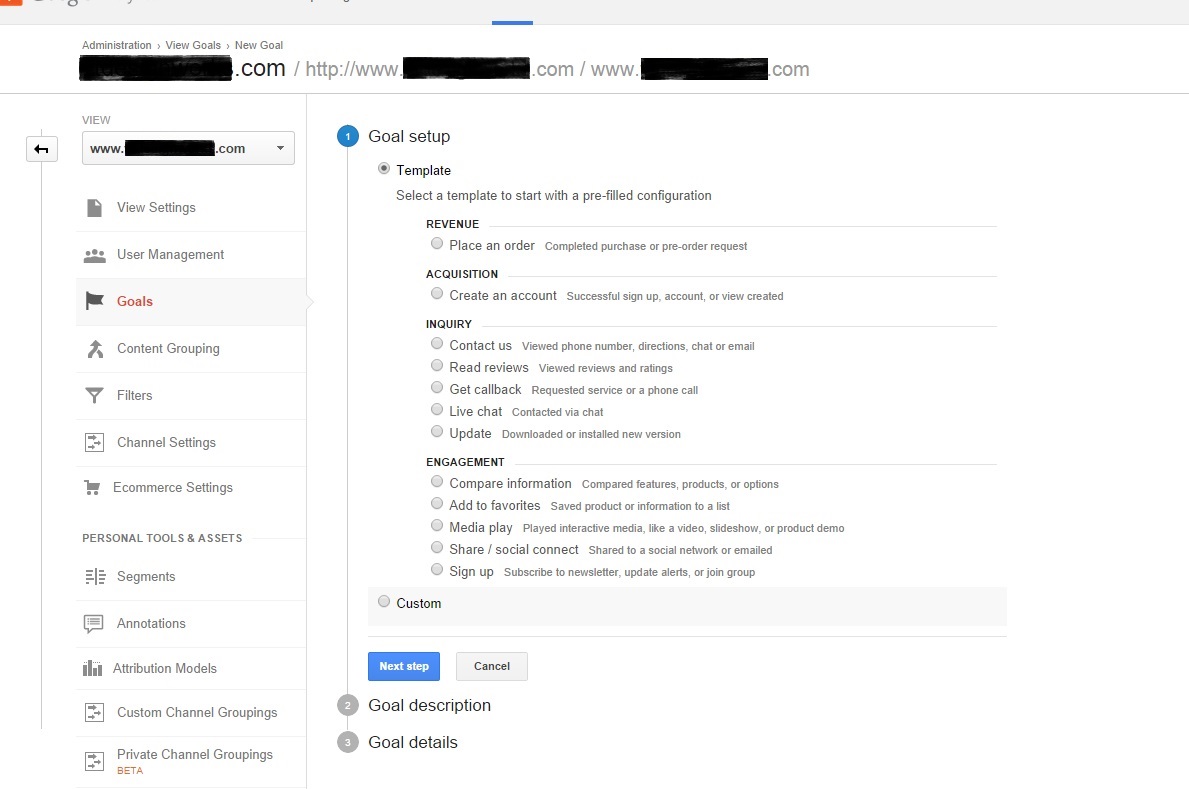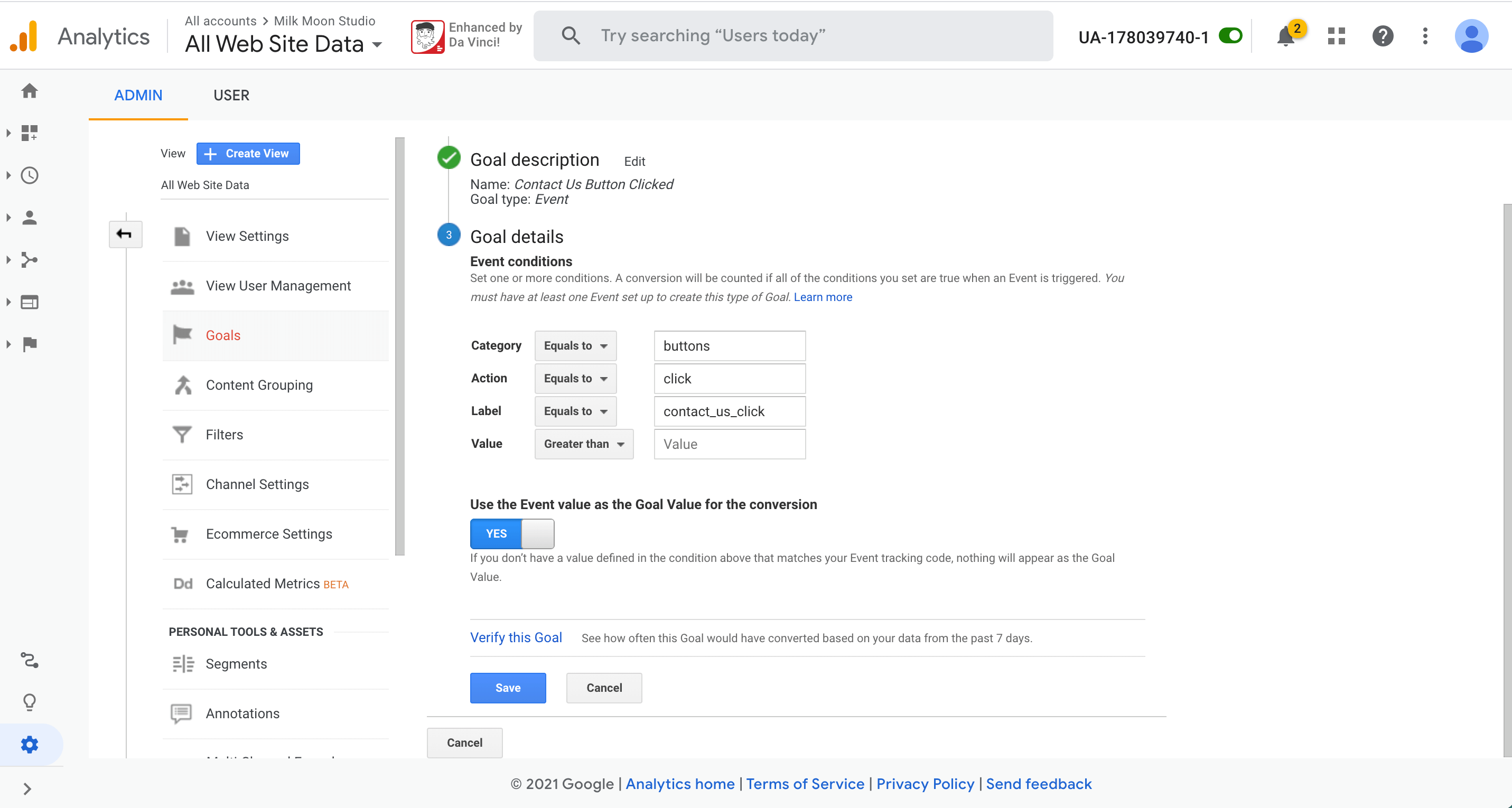Comprehensive Checklist of What Data Is Google Analytics Goals Unable to Track
Comprehensive Checklist of What Data Is Google Analytics Goals Unable to Track
Blog Article
Demystifying Google Analytics Limitations: Uncover What Information Goals Can not Track
In the realm of electronic analytics, Google Analytics stands as a powerful tool that offers valuable understandings into internet site performance and user habits. From the intricacies of customer interaction with dynamic content to the complexities of cross-device customer journeys, these restrictions lost light on areas that might remain obscured from typical analytics perspectives.

User Interaction With Dynamic Web Content
Individual communication with vibrant web content plays a critical function in recognizing customer actions on internet sites and optimizing the overall individual experience. By tracking customer communications with vibrant material, site proprietors can get beneficial understandings right into individual involvement, choices, and actions - what data is google analytics goals unable to track.
Google Analytics supplies different devices to track customer interactions with dynamic web content, such as event tracking and digital pageviews. Event monitoring enables you to keep track of particular user activities, like clicking a button or seeing a video, giving information on just how individuals interact with vibrant components.
Cross-Device Individual Journeys
Just how can contemporary analytics devices track the complicated courses individuals take across numerous gadgets in their on-line journeys? Cross-device customer trips offer a substantial difficulty for monitoring and examining individual habits precisely. As users connect with apps or websites making use of numerous gadgets such as desktop computers, tablet computers, and mobile phones, it comes to be vital to recognize how they move in between these platforms to enhance customer experience successfully.
Google Analytics faces restrictions in tracking cross-device user journeys as a result of privacy issues and technological constraints - what data is google analytics goals unable to track. While it can offer understandings into individual devices' interactions, tracking a seamless customer trip throughout numerous gadgets continues to be a challenge. This restriction can result in incomplete data and fragmented customer understandings, making it hard for businesses to produce a unified sight of the consumer trip
To address this issue, organizations can make use of innovative analytics tools that offer cross-device tracking abilities, allowing them to acquire a much more all natural understanding of customer actions. By leveraging these tools, services can connect the space in tracking cross-device individual journeys and optimize their electronic techniques for a smooth user experience.
Offline Conversions and Attribution
As businesses navigate the obstacles of tracking cross-device individual trips, another pivotal element to take into consideration is the realm of offline conversions and acknowledgment in the world of information analytics. While Google Analytics supplies valuable understandings right into online user actions, it fails when it pertains to tracking conversions that take place offline. This constraint postures a significant obstacle for organizations that have both online and offline sales channels.
Offline conversions, such as acquisitions made in physical stores or through telephone call facilities, are important to understanding the full consumer trip. Without the capability to attribute these offline conversions to certain on the internet communications, businesses might struggle to precisely gauge the influence of their digital advertising and marketing efforts.
To address this void, companies can discover alternative options such as incorporating CRM systems with on the internet analytics devices or making use of special coupon codes that can be traced back to on the internet projects. By linking the space in between online and offline data, organizations can acquire a much more extensive understanding of their clients' habits and boost their overall marketing methods.
Individual Customer Recognition
In the world of data analytics, the ability to precisely recognize individual users across different on the internet touchpoints is an important challenge for businesses seeking to personalize and enhance their advertising techniques. While Google Analytics supplies beneficial understandings right into customer habits and communications, it falls short in enabling the recognition of specific individuals because of privacy issues and technical limitations. Google Analytics uses distinct identifiers such as cookies to track individual sessions and habits, yet these do not correspond to determining private users in a personal feeling.

Information From Secure Pages
In spite of the increasing frequency of safe pages on websites, getting data from these encrypted resources provides an unique obstacle for digital analytics platforms like Google Analytics. this page Safeguard pages, shown by HTTPS in the URL, secure data exchanged in between the user's web browser and the website's web server to make sure personal privacy and safety and security. While this security is important for protecting delicate info, it also presents constraints for tracking individual actions and gathering analytics information.
Google Analytics faces challenges in accumulating in-depth details from secure pages as a result of the encryption procedures in position. Consequently, specific information factors such as reference resources, keyword searches, and also some user interactions may not be totally captured when individuals access an internet site through a safe connection. This restriction can affect the precision and efficiency of the data analysis, leading to spaces in recognizing user behavior and preferences on safe web pages.
To navigate this challenge, digital analysts may need to check out different monitoring methods or leverage other tools particularly designed to gather understandings from safe and secure web pages. By adjusting methods to accommodate these limitations, services can still obtain useful analytics in spite of the restraints provided by encrypted links.
Verdict
In conclusion, Google Analytics has limitations in tracking individual interaction with dynamic content, cross-device user trips, offline conversions, specific customer identification, and data from secure web pages. These constraints prevent a comprehensive understanding of user actions and might cause spaces in data analysis. Regardless of its useful understandings, Google Analytics may not provide a complete photo of individual engagement across numerous touchpoints. It is essential for organizations to be familiar with these restrictions and think about supplementary tools for a much more all natural view of their information.
Individual interaction with dynamic content plays an important role in recognizing user habits on sites and maximizing the total customer experience. By tracking user communications with vibrant material, website owners can obtain important sites understandings right into customer interaction, choices, and behaviors.
Google Analytics makes use of unique identifiers such as cookies to track customer sessions and habits, yet these do not equate to recognizing specific users in an individual feeling.
As an outcome, specific information points such as reference sources, keyword searches, and also some user communications might not be totally captured when individuals site link access a site via a protected connection.In verdict, Google Analytics has limitations in tracking user interaction with vibrant content, cross-device individual journeys, offline conversions, private customer recognition, and information from protected pages.
Report this page